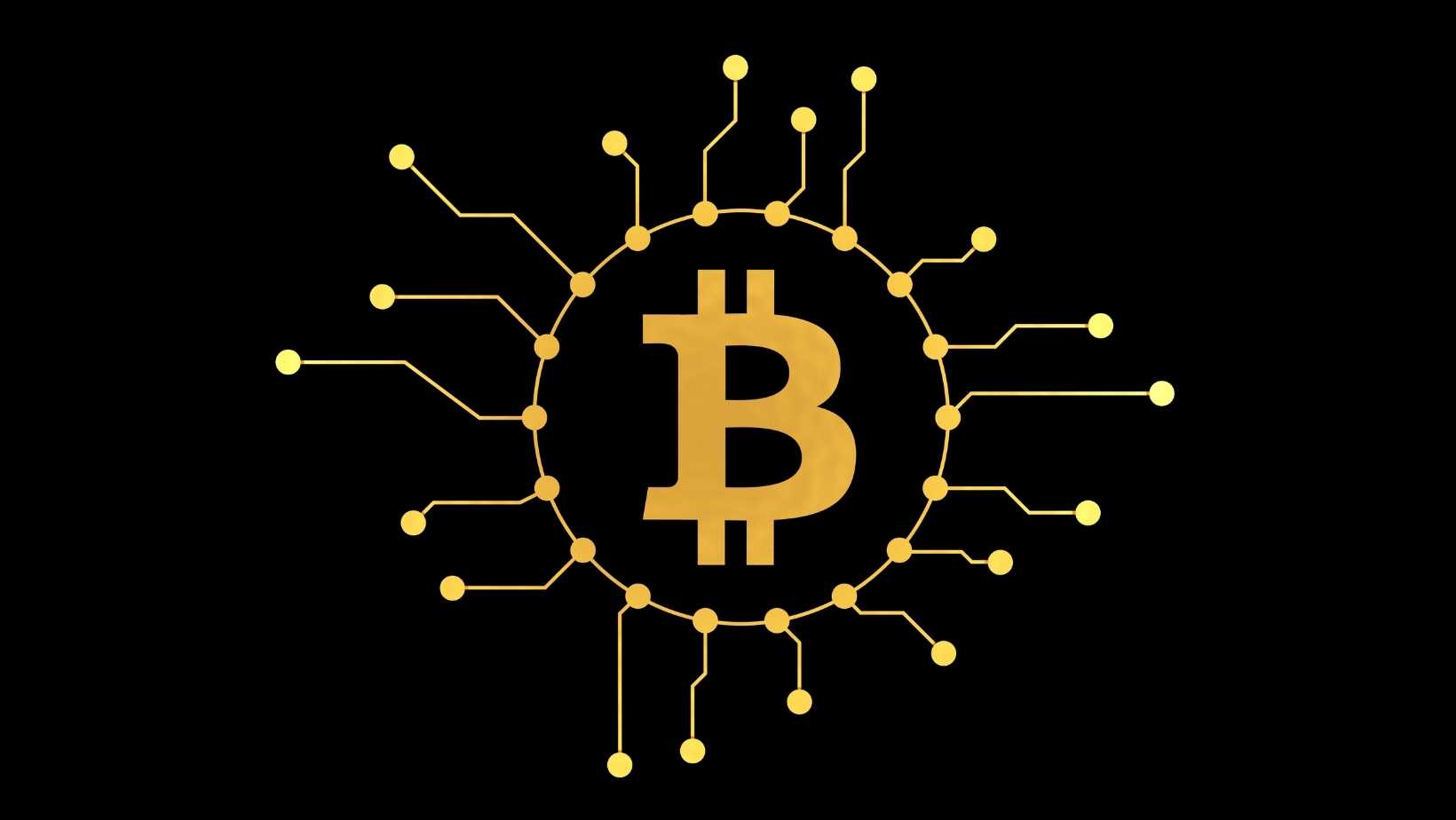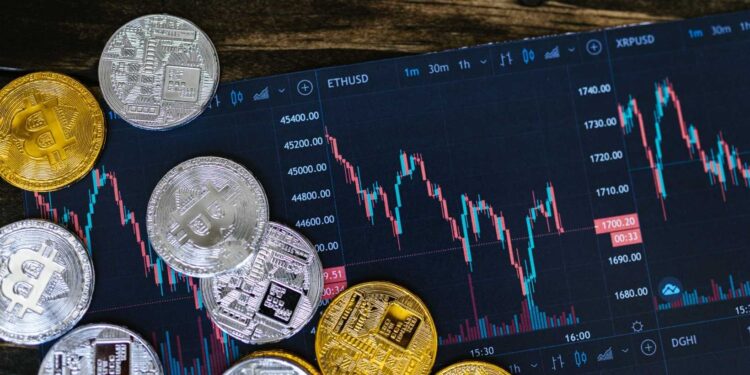Decentralized finance, commonly referred to as DeFi, has transformed the cryptocurrency landscape by offering a decentralized alternative to traditional financial transactions and operations. This shift has empowered individuals to transact without intermediaries, epitomizing the ethos of a permissionless financial system. Among the plethora of DeFi platforms, Perpetual Protocol emerges prominently. Utilizing tools like the chain-reaction-trading.com further amplifies the effectiveness of these decentralized systems. Its distinctive methodology in facilitating decentralized futures trading sets it apart from other projects in the DeFi realm.
Understanding Bitcoin’s Role in DeFi
As the progenitor of all cryptocurrencies, Bitcoin has always enjoyed a dominant position in the market. Yet, for the longest time, its role in the burgeoning DeFi sector was minimal. This was because Ethereum, with its smart contract capabilities, became the foundational layer for most DeFi platforms.
However, the rise of Bitcoin-wrapped tokens, like WBTC (Wrapped Bitcoin), became a bridge. These are essentially Ethereum-based tokens that represent Bitcoin, allowing the original cryptocurrency to be utilized in Ethereum’s DeFi projects.
The Mechanism of Virtual Futures
Virtual futures represent a financial contract where parties agree to trade an asset at a specified future date for a price fixed today. Unlike traditional futures, virtual futures exist only in digital formats, without any need for physical delivery.
Benefits of virtual futures include
- Capital Efficiency: Traders can leverage their positions without needing vast amounts of capital.
- Flexibility: As these futures are virtual, they offer trading flexibility unparalleled by their traditional counterparts.
- Seamless Trading: Being digital, virtual futures streamline trading processes.
Perpetual Protocol: A Deep Dive
The Perpetual Protocol is a decentralized platform facilitating the trading of virtual futures. It’s distinguished from traditional markets by:

- Decentralization: It operates on blockchain, making it resistant to censorship and central control.
- Virtual Automated Market Maker (vAMM): Unlike typical AMMs which hold reserves, the vAMM of Perpetual Protocol uses mathematical models to quote prices, ensuring capital efficiency.
How Bitcoin Interacts with Perpetual Protocol
With the inclusion of wrapped Bitcoin or synthetic assets, Bitcoin’s vast market capital can now be injected into the Perpetual Protocol platform. Traders can now engage in BTC-based futures trading on the platform. Here’s why this fusion matters:
- Liquidity Boost: The introduction of Bitcoin, with its vast market cap, potentially boosts liquidity in the futures market of Perpetual Protocol.
- Diverse Trading Opportunities: Traders have more options and can hedge or speculate on Bitcoin’s price movements using futures.
The Evolution of Crypto Trading and the Impact of Perpetual Protocol
Perpetual Protocol is not just another DeFi platform but a significant advancement in crypto trading tools. Some key impacts include:
- Increased Liquidity: As mentioned earlier, the protocol’s unique features and the inclusion of assets like Bitcoin increase the liquidity, thus making trading smoother.
- A Feedback Loop: As more traders use the platform, it attracts even more users, creating a feedback loop of increased liquidity and platform reliability.
Future Prospects and Developments
Given the current trajectory, Bitcoin futures on Perpetual Protocol are poised for growth. Potential future developments include:
- Innovations in Trading Mechanisms: As the crypto world evolves, expect new trading tools and strategies to emerge.
- Integration with Broader Financial Systems: As DeFi platforms like Perpetual Protocol gain trust, there’s potential for integration or collaboration with traditional financial systems.
Risks and Challenges
Like all investments, trading on Perpetual Protocol comes with risks. Some challenges include:

- Regulatory Scrutiny: DeFi platforms operate in a legal grey area. Tightened regulations could impact operations.
- Scalability Concerns: With growth, the platform will need to handle more transactions, leading to potential scalability issues.
Conclusion
The convergence of Bitcoin, often seen as the cornerstone of the cryptocurrency movement, with state-of-the-art DeFi platforms such as Perpetual Protocol, provides a vivid testament to the rapidly advancing and multifaceted landscape of the cryptocurrency arena. Bitcoin’s foray into decentralized futures trading signifies more than just an expansion of its application; it denotes a significant stride in the broader mission of the cryptocurrency domain. This integration not only augments Bitcoin’s range of functionalities but also stands as a robust testament to the revolutionary capacity of decentralized finance. As these two titanic forces of the crypto space come together, they collectively hint at the untapped potential and future horizons of digital finance, reflecting a promising trajectory for both enthusiasts and skeptics alike.
















